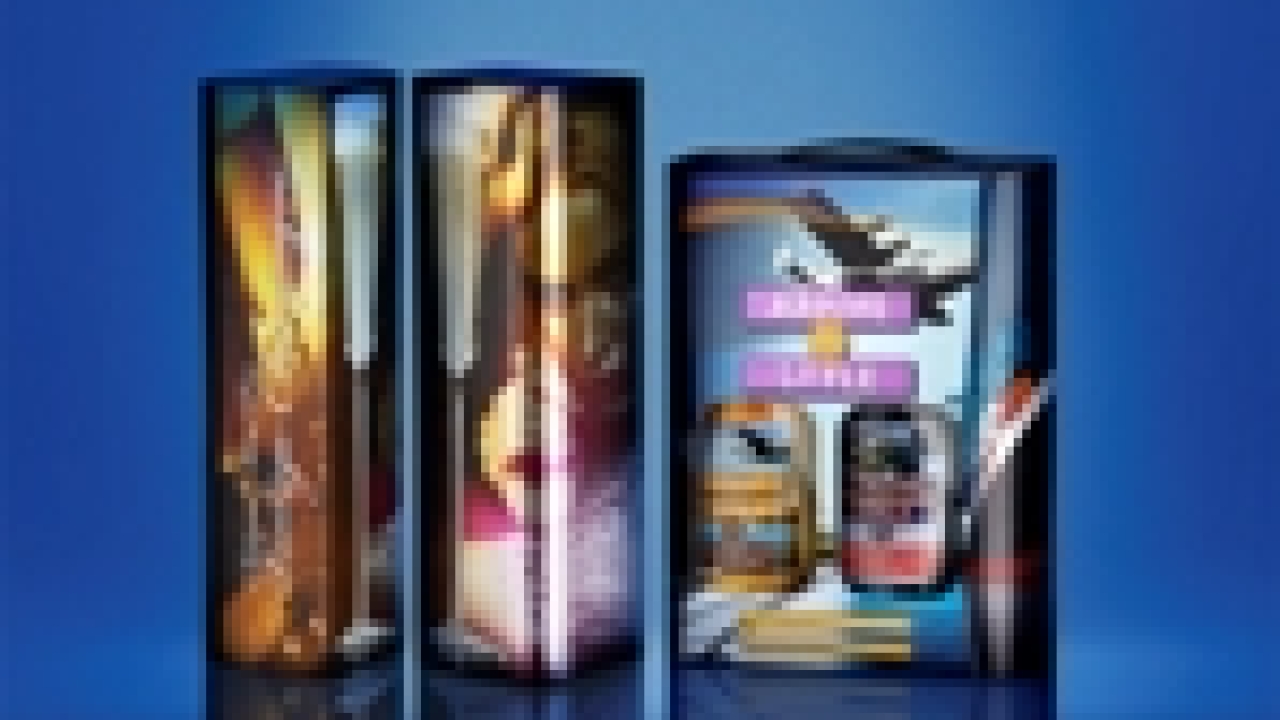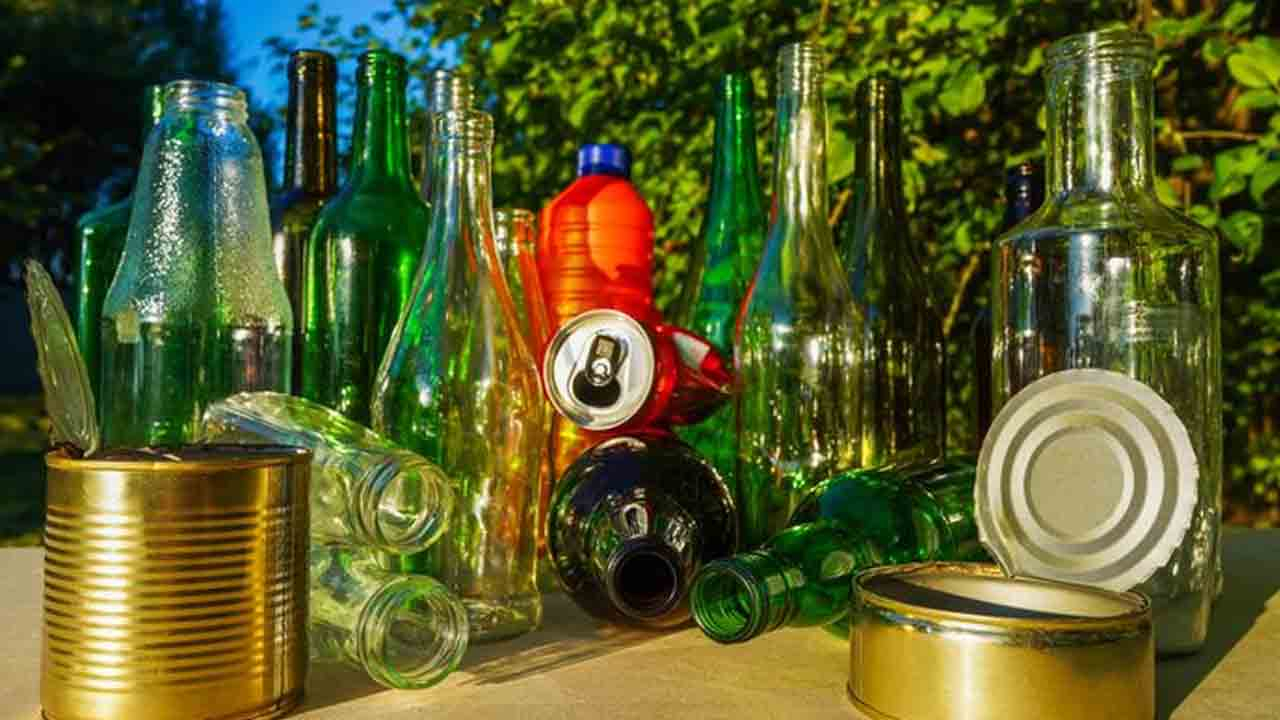Raising a glass to high-end packaging

A new high-end packaging material produced using Smurfit Kappa’s Norboard T-flute microflute laminated with a high-quality, biodegradable metallic film from Mirri is aiming to revolutionize the market for carton packaging, and provide new routes to market for the two firms behind the development of MirriNor. David Pittman reports
MirriNor is described as a packaging product that combines the flexibility of Smurfit Kappa Sheetfeeding’s Norboard T-Flute microflute carton material with Mirri’s high-quality, printable metallic bio-film, producing cartons capable of "lifting brands into a premium sector", so marketing information for the material claims.
T-flute forms the base of MirriNor, which is said to bring structural strength to the material compared to more traditional solid carton grade alternatives. It is manufactured using a patent-protected process that Smurfit Kappa says offers handling characteristics similar to a traditional cartonboard, but with significant benefits, such as reduced weight due to a slim calliper and the ability to accept a number of different print processes.
 The Mirri film allows printing directly onto the material using offset, flexo or digital print technology, with embossing, foil blocking, engraving, gluing, cutting and creasing also possible in the post-press environment.
The Mirri film allows printing directly onto the material using offset, flexo or digital print technology, with embossing, foil blocking, engraving, gluing, cutting and creasing also possible in the post-press environment.
Smurfit Kappa technical sales manager Richard Revell says the application of a printable bio-film to a microflute material opens the door for the material to be used in a number of applications where it may have been overlooked. Not least, he says, because the microflute form enables MirriNor to be curved and used to replicate the visual impact of a composite tube or tin.
‘Glenmorangie will put a 12-year-old whisky in a box, but an 18-year-old may well get put into a composite tube or tin. With the use of T-flute, MirriNor can be used to create the form of a tube while the Mirri film allows you to recreate true metallic colors and effects,’ Revell says.
This helps create the perception of value in a product, with brand owners and printers able to make small adjustments to the finish, rather than substituting a different material, to create the appearance of luxury and turn commoditized products into desirable limited editions. As well as the visual benefits, Revell says this offers cost and sustainability benefits. ‘Some applications need a heavy-duty cartonboard outer using inserts to create structure, so they are shelf-ready and aesthetically pleasing, but MirriNor allows you to achieve all of this with one material and a more sustainable footprint.’
While the substrate at the heart of MirriNor is a corrugated material, Revell says this need not preclude the traditional solid board market from handling and converting the product. ‘There are a few things that are different to note if you’re not used to handling a compressible material like a microflute.’
Revell has helped produce a technical guide on MirriNor, which provides printers and converters with answers to a number of technical questions and it is available to download from the MirriNor website.
The guide covers storage and handling, printing, inks and finishing, as well as listing some recommended technical partners, such as color management specialist Color-Logic.
It is advised that handling should be minimized to reduce the risk of damage to the film, nip pressures should remain similar to when working with solid carton grades, while most current compressible printing blankets are suitable for MirriNor. MirriNor is suitable for conventional and UV inks, although they must be suitable for use with coated or non-porous materials, similarly for varnishes.
‘It’s not like reinventing the wheel,’ Revell says. ‘If you can ride a bicycle, you can probably ride a moped. If you can ride a moped, you can probably ride a bike. If you can ride a bike, you can probably drive a car. There are always nuances and new skills to learn, but once you learn how to do these things they become second nature.’
T-flute as a substrate adds inherent strength to the packaging material, according to Revell, with traditional solid board material requiring further processing to laminate and add strength, compared to the flute running perpendicular to the grain that adds skeletal strength to T-flute, so allowing greater processing without a reduction in strength and performance of the packaging, he claims.
The weight characteristic of MirriNor is another benefit he highlights. Available at 850-900 microns, Revell says that thickness is hard to come by in solid boards, and requires over 600gsm of fiber. For MirriNor, the fiber content is 440gsm; 410gsm for T-flute alone.
‘Not only is there less weight to start with, you can remove elements without compromising the structure. It’s a print-ready, strong product. Print it, process it and finish it, then send it out the door.’
MirriNor has already generated interest in the packaging market since its official launch at the turn of the year, with Revell saying a number of beverage firms are in the process of trialling it. A confectionary firm is doing likewise, as are two clothing brands.
‘Even a sports brand is testing it for the promotion of one of its products. Interest is primarily coming from across Europe and the Americas. ‘The diversity of interest upfront has been phenomenal,’ says Revell.
‘MirriNor allows both Smurfit Kappa and Mirri to reach markets we were struggling with before, and to take normal, run-of-the-mill products and make them exclusive,’ he concludes.
Stay up to date
Subscribe to the free Label News newsletter and receive the latest content every week. We'll never share your email address.

